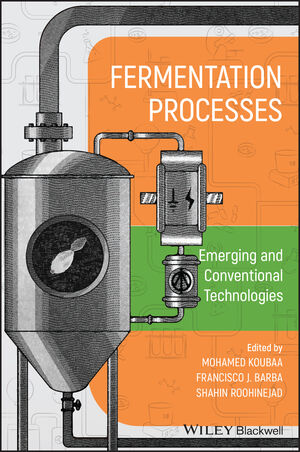When it comes to cleaner fuels, electric isn’t the only game in town
Alternative fuels offer fleet managers more options in emission-reduction goals

For those not ready to make the electric vehicle (EV) leap in any significant way — and that’s most of you, since EV deployment in delivery fleets remains a drop within a drop in the fuel bucket — there are a number of emissions-reducing alternatives that are scalable for your operations. Here’s a bit of a primer of some of the more unsung, though often more practical, alternative fuels on the market.
Compressed Natural Gas (CNG)
Compressed Natural Gas (CNG) typically is a bit less expensive than gasoline. As we noted in a column this past summer, the most recent national average price for CNG was $2.90 for a gasoline gallon equivalent (GGE), compared with $3.65 for a gallon of gasoline, according to the Alternative Fuels Data Center. There’s also a lot less volatility in CNG prices, as it’s generally sourced through fracking, while gasoline is tied to global petroleum prices, which are very sensitive to major world events (wars, embargoes, you name it). CNG vehicles also have been known to reduce carbon monoxide emissions by more than 90%, according to auto insurance information site Compare.com.
However, there are some notable disadvantages to CNG vehicles. The biggest is the availability (or lack thereof) of fueling infrastructure. You’ll likely find a significant number of stations in the country’s biggest cities — New York, Los Angeles and their ilk — but you’d be hard-pressed to find sufficient fueling locations in mid-size and smaller cities. The vehicles themselves tend to cost more than their conventionally fueled equivalents.
That could be offset to some extent through the Renewable Natural Gas Incentive, a bi-partisan federal bill introduced in May that would provide a $1 a gallon tax credit for vehicles that use natural gas.
Biodiesel
Biodiesel can be produced from vegetable oils, animal fats and spent restaurant grease and has a couple of major variants, B20 and B99-B100. The numbers correspond with the percentage of biodiesel in the fuel — B20 is 20% biodiesel and 80% petroleum diesel, while B100 is pure biodiesel. B20 is more common.
Most existing diesel engines manufactured in the past 30 years can use some concentration of biodiesel — most OEMs approve blends up to B5, some B20, but a very limited number are equipped to handle B100.
Biodiesel’s biggest drawback is production cost. Additionally, because it’s coming from items in our existing food sources, there could be an impact on that supply chain. It’s by far a cleaner, lower-emissions fuel than standard diesel, but there’s little difference in price. A B20 biodiesel averaged $3.94 a gallon in spring 2024, versus $4.07 per gallon for petroleum diesel. A B99-B100 fuel cost about 50 cents more per gallon than traditional diesel.

Propane
Price-wise, liquefied propane gas is a little less expensive than gasoline — $3.45 a gallon to gasoline’s $3.65 a gallon — so fleet managers would be able to realize an ROI in a moderate amount of time to offset the relative higher cost for propane-fueled vehicles. Propane also can result in longer engine life, thanks to its high octane rating and low carbon features.
Its main downside is that it’s a petroleum product and, like gasoline and diesel, it’s sensitive to the usual outside forces — supply chain issues, geopolitical unrest, etc. — that affect conventional petroleum-based fuel prices.
Interestingly, propane is actually playing a role in EV fueling infrastructure. Propane Education & Research Council (PERC) notes that propane-powered charging solutions are available to fleets. The charging solutions have capacities of up to 500 kW per unit and are designed to be portable or permanently installed.
The technology allows EVs to be recharged independently of the electric grid and without the time and capital investments needed for new electricity-based charging stations.
Looking for a reprint of this article?
From high-res PDFs to custom plaques, order your copy today!









